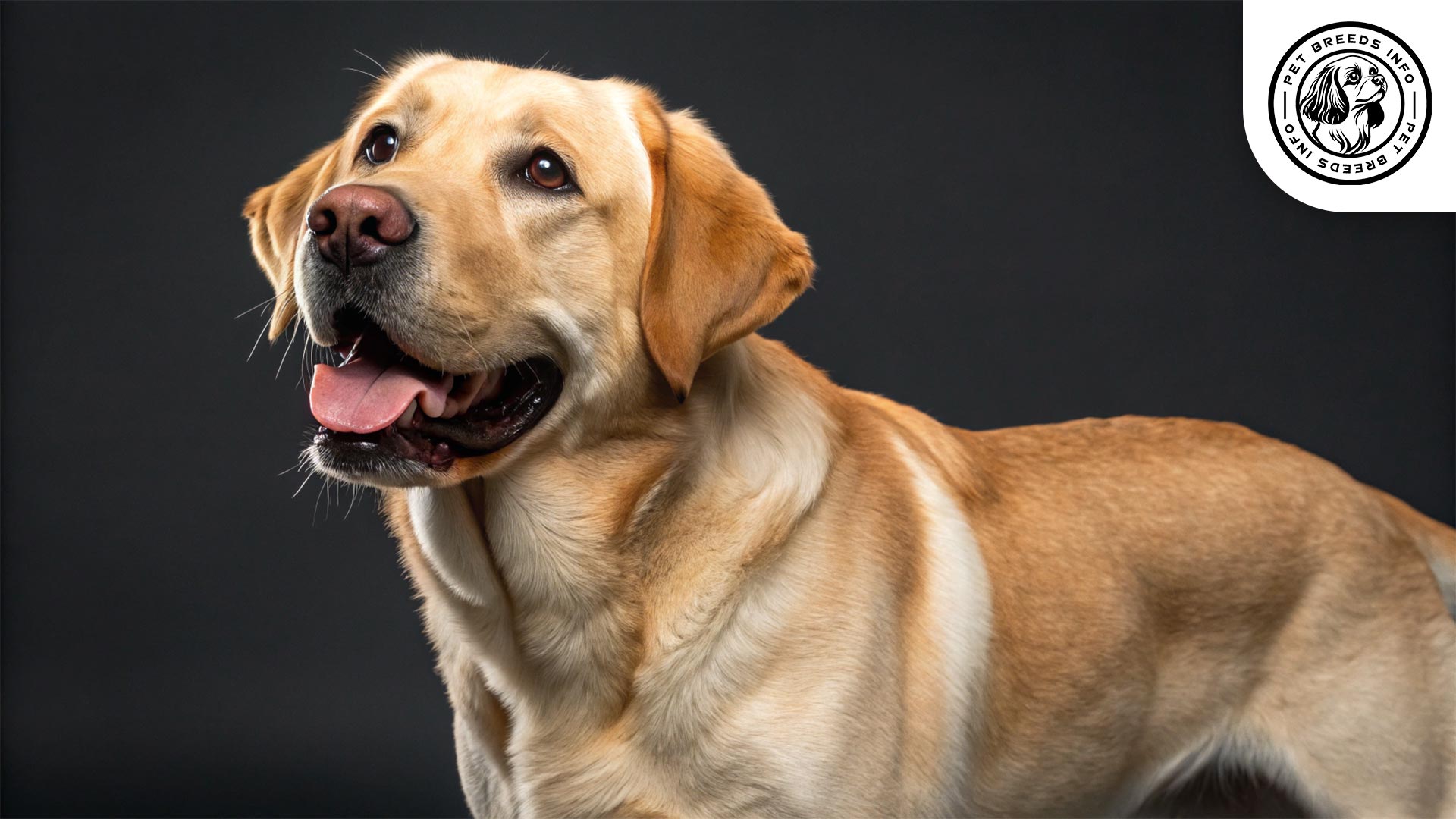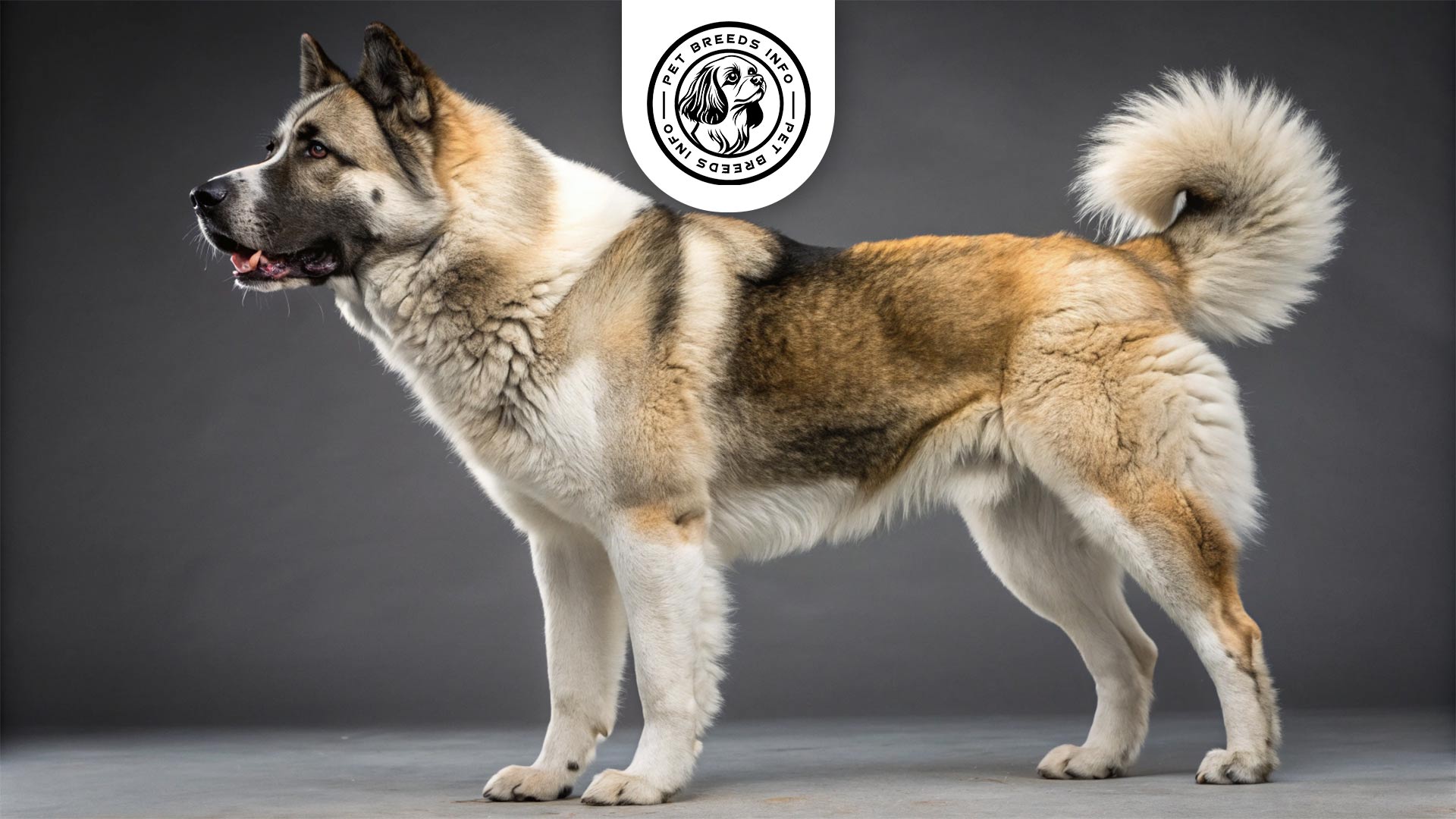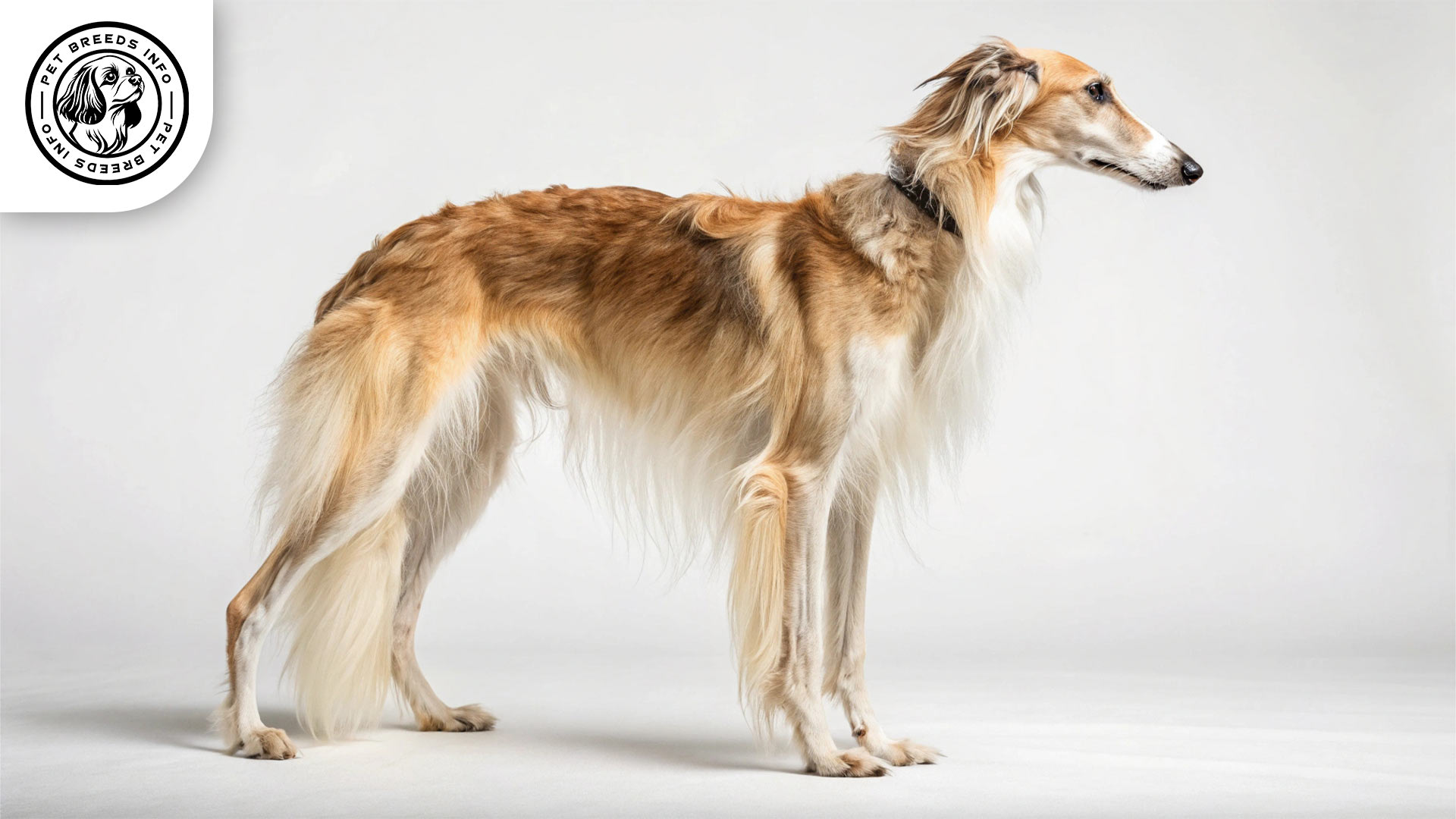Giant Schnauzer Dog Breed: Size, Health, Price & Personality
General Introduction of the Breed
The Giant Schnauzer, known as “Riesenschnauzer” in German, is a large and powerful working dog breed originating from Germany. It was developed in the Bavarian region during the 17th century as a versatile farm dog used for herding cattle, guarding property, and later serving as a police and military dog. This breed is the largest among the Schnauzer varieties, which also include the Standard Schnauzer and Miniature Schnauzer.
Table of Contents
| Weight | 55-95 lbs (25-43 kg) |
| Lifespan | 12-15 years |
| Diet | High-quality kibble, raw, or home-cooked diet; protein-rich meals |
| Care | Regular brushing, hand-stripping/clipping, nail trimming, and dental care |
| Health | Prone to hip dysplasia, bloat, hypothyroidism, PRA |
| Color | Solid black, pepper and salt |
| Nature | Intelligent, loyal, protective, strong-willed |
| Price | $1,500 – $3,500 |
Physical Characteristics
The Giant Schnauzer is a robust and muscular breed with a commanding presence. Males typically stand between 25.5 to 27.5 inches tall at the shoulder, while females range from 23.5 to 25.5 inches. Their weight varies from 55 to 95 pounds.
The breed has a dense, wiry double coat that requires regular grooming. Coat colors are usually solid black or pepper and salt.
The eyes are medium-sized, oval-shaped, and dark brown, giving the dog an intelligent and alert expression. The ears are naturally V-shaped, folding forward, but they are sometimes cropped to stand erect in certain regions. The tail is often docked in some countries but naturally set high and carried in a curve.
Distinctive features include a strong, square muzzle with pronounced eyebrows and a beard that enhances the breed’s bold appearance.
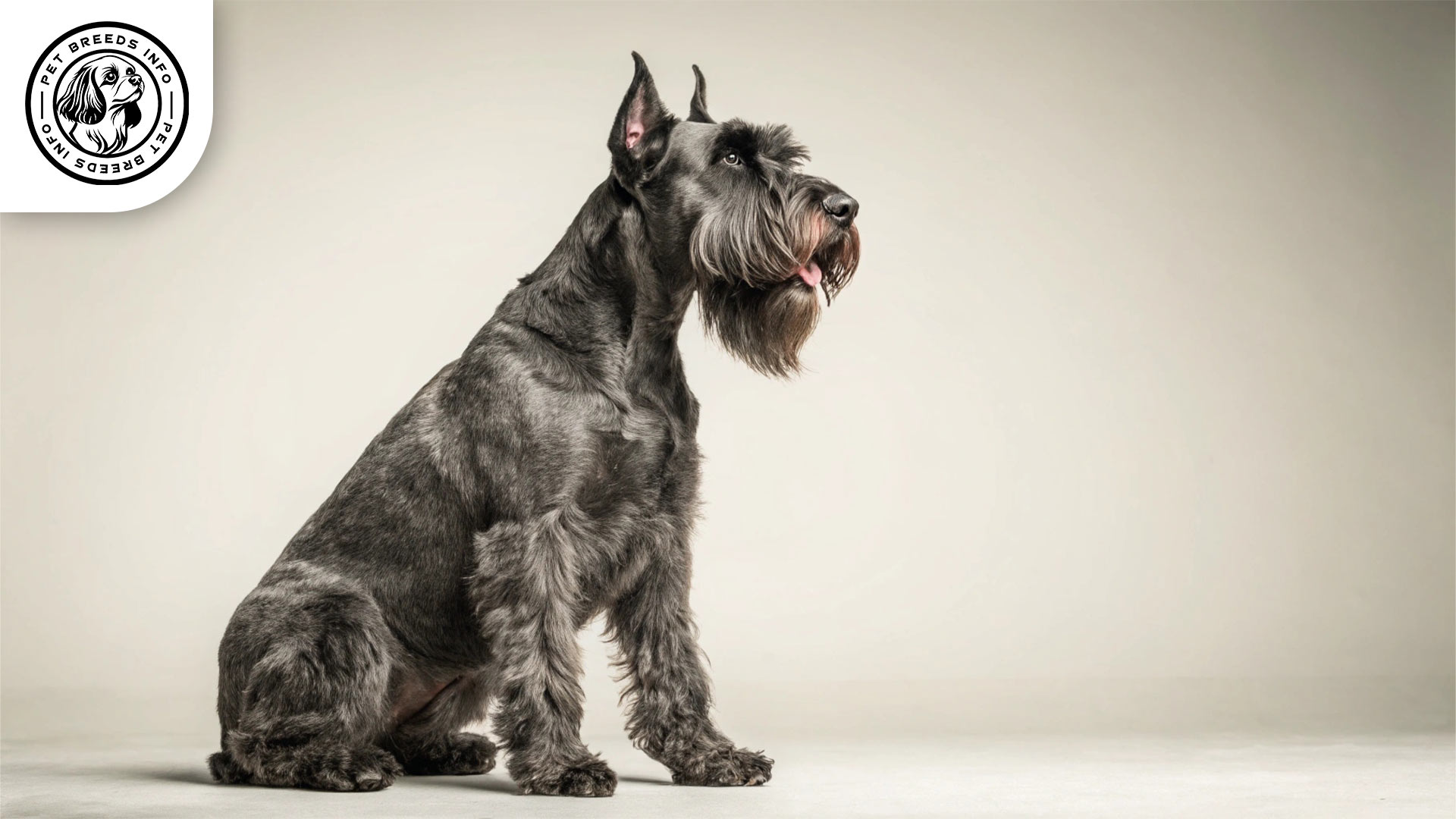
Personality and Temperament
The Giant Schnauzer is highly intelligent, loyal, and protective, making it an excellent working and guardian dog. It is quick to learn new commands and enjoys mental challenges.
This breed has high energy levels and requires daily exercise, including long walks, interactive play, and obedience training.
Known for its deep bond with its family, the Giant Schnauzer is affectionate but can be wary of strangers, making early socialization essential. It tends to get along well with children but should be introduced properly to other pets. Due to its strong working instincts, it may display dominant behaviors toward other animals.
This breed is highly sensitive to environmental changes and thrives in structured, consistent settings.
Care and Maintenance Requirements
The Giant Schnauzer needs ample exercise, making it better suited for active owners with access to outdoor space rather than a small apartment.
Regular grooming is required, as this breed has a wiry coat that should be brushed several times a week. Professional hand-stripping or clipping is recommended every few months. Shedding is minimal.
The breed is relatively hardy but can be sensitive to extreme heat. In hot climates, it should be exercised during cooler parts of the day.
Routine hygiene practices should include bathing every 4 to 6 weeks, nail trimming, ear cleaning, and regular dental care.
Diet and Nutrition
A high-quality diet is essential for the Giant Schnauzer’s health. A balanced diet of premium dry kibble, raw food, or a well-planned home-cooked diet is recommended.
This breed requires a protein-rich diet to support its muscular build. Foods such as grains, artificial additives, and excess fat should be avoided.
Read More: German Shepherd Dog
Portion sizes vary based on activity levels, but adults generally need two meals per day, with precise amounts based on weight and energy expenditure.
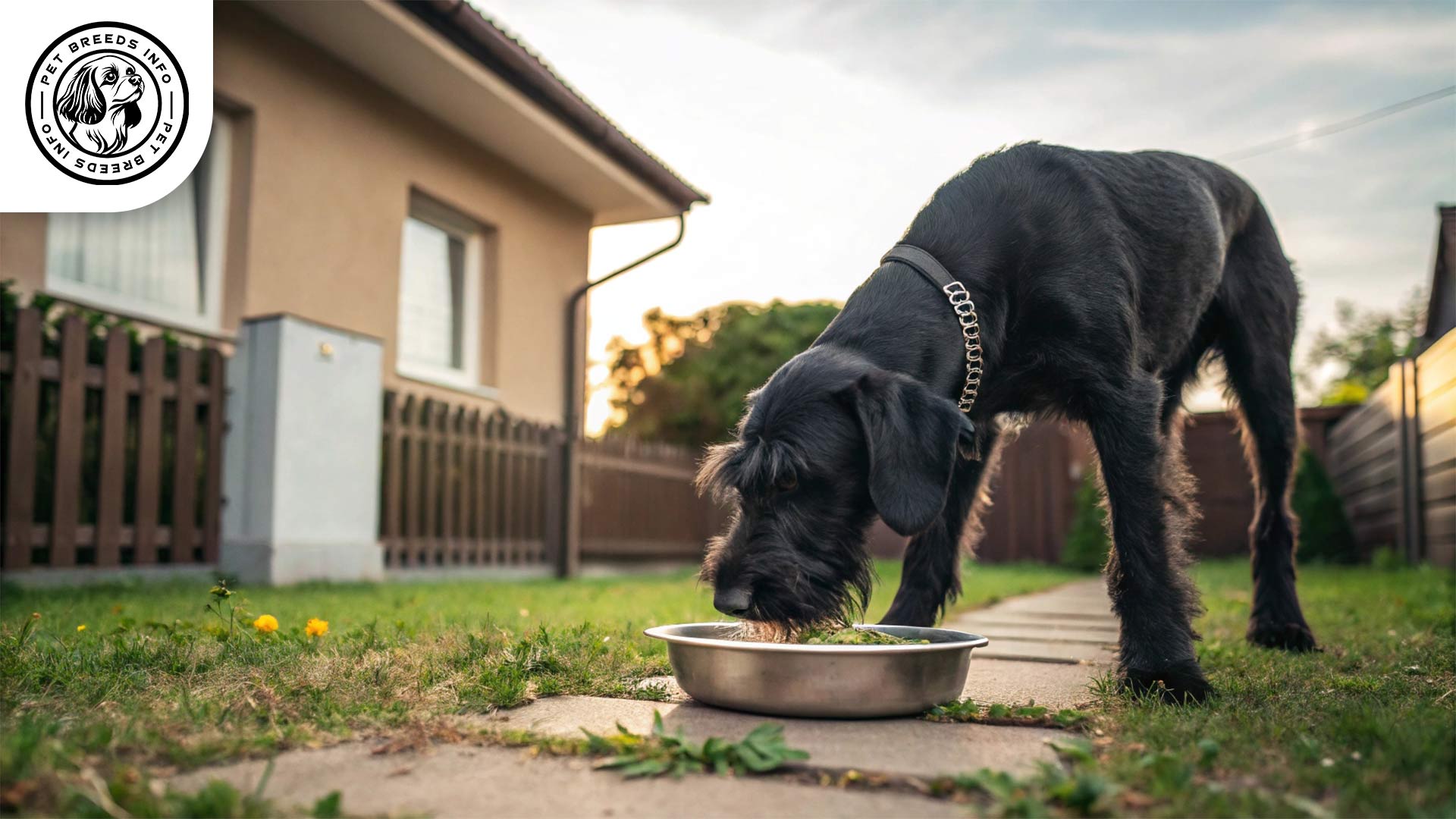
Health and Common Medical Issues
The Giant Schnauzer is generally a healthy breed but can be prone to some genetic conditions, including hip dysplasia, bloat, hypothyroidism, and progressive retinal atrophy (PRA).
Routine veterinary check-ups are necessary to monitor the dog’s overall health. The breed has an average lifespan of 12 to 15 years.
Core vaccinations, flea and tick prevention, and annual health screenings are essential.
Training and Behavior Management
The Giant Schnauzer is intelligent but requires firm and consistent training from an early age. It responds well to positive reinforcement techniques such as treats, praise, and play.
Early socialization helps prevent aggressive or overly protective tendencies. Obedience training should start in puppyhood to establish boundaries and good manners.
Because of its independent and strong-willed nature, professional training or advanced obedience exercises may be beneficial for first-time owners.
Read More: Glen of Imaal Terrier Dog
Interaction with Other Animals and Humans
This breed is highly protective of its family and can be an excellent companion for children when properly trained and socialized.
It may be wary around unfamiliar dogs and small pets due to its guarding instincts. Early exposure to other animals helps improve social behavior.
The Giant Schnauzer thrives in family settings where it receives plenty of interaction and mental stimulation. It is not ideal for owners who are frequently away from home.
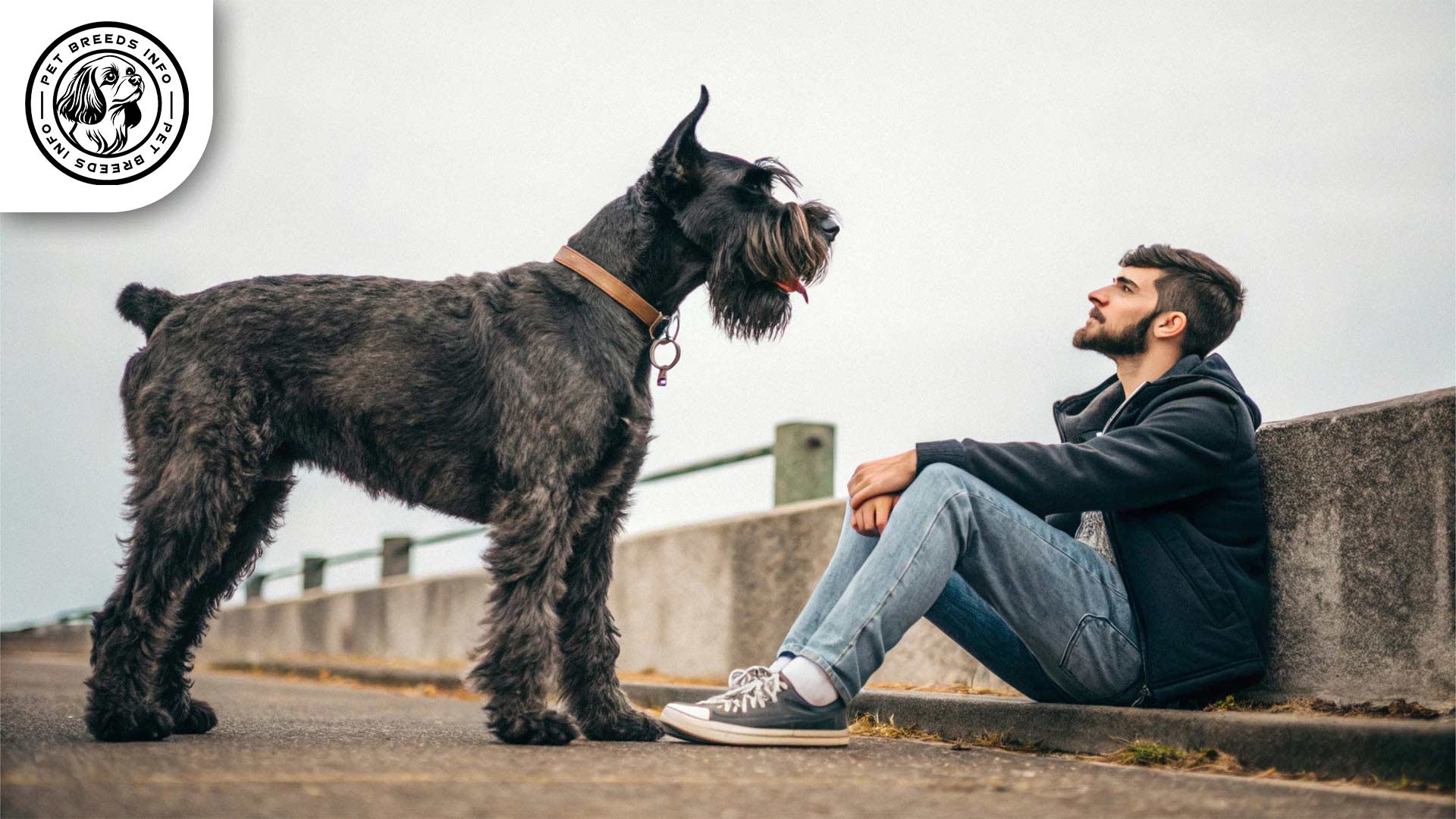
Price and Availability
The cost of purchasing a Giant Schnauzer from a reputable breeder typically ranges between $1,500 and $3,500, depending on lineage and location.
Prospective owners should research breeders carefully to ensure the puppies come from healthy, well-tempered parent dogs.
Adoption through breed-specific rescues and shelters is an excellent alternative for those looking to give a home to a dog in need.
Conclusion and Final Thoughts
The Giant Schnauzer is a loyal, intelligent, and highly trainable breed best suited for experienced dog owners willing to meet its exercise and training needs. It excels as a working dog, protector, and family companion.
Ideal for active individuals or families with space for exercise, this breed thrives in structured environments with consistent leadership.
Read More: German Wirehaired Pointer Dog
Before choosing the Giant Schnauzer, potential owners should consider its high-energy demands, grooming requirements, and need for proper socialization.
FAQ
Can a Giant Schnauzer live in an apartment?
Not ideal; it thrives in homes with space for exercise and activity.
What are common health issues in Giant Schnauzers?
Hip dysplasia, bloat, hypothyroidism, and progressive retinal atrophy (PRA).
Is this breed suitable for first-time dog owners?
Not recommended; it requires experienced handling and training.
How often should the Giant Schnauzer be groomed?
Brushing 2-3 times a week and professional grooming every few months.

